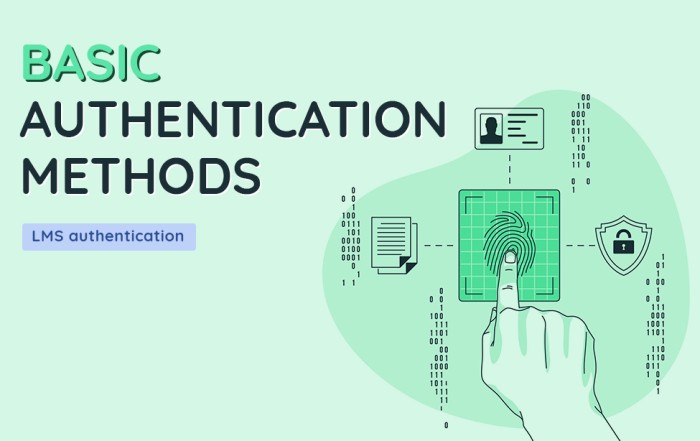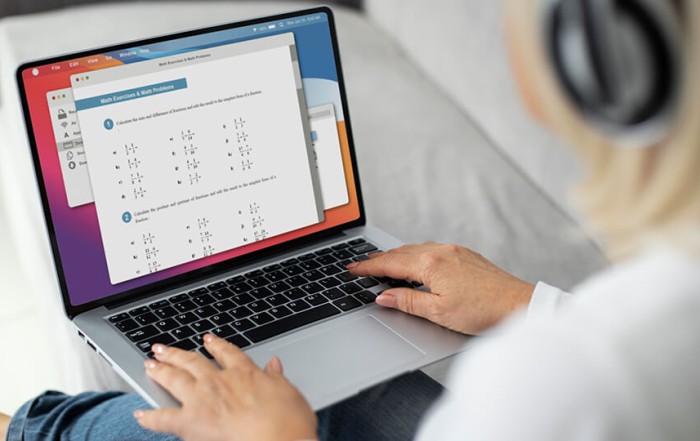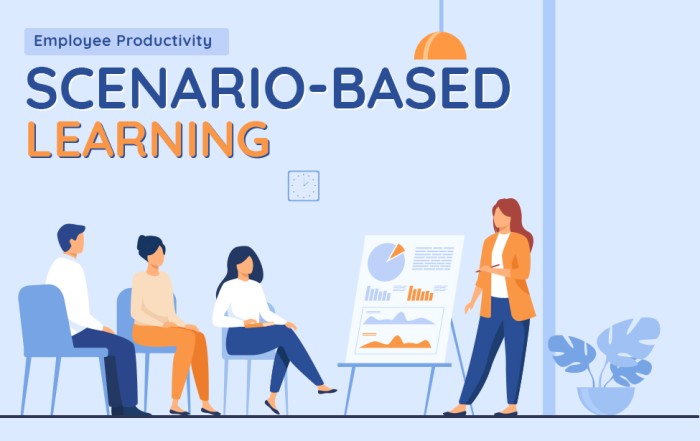The Coronavirus Pandemic and New-Found Appeal for eLearning

“Man is a social animal” said Aristotle, a Greek philosopher. I guess we now know what this really means! With self-isolation, quarantine, and social-distancing being enforced the world over, the inherent nature of man to bond with society is now at the mercy of a tiny virus that has the entire world in its grip. The Coronavirus has forced establishments across industries to shut shop, crippled human activity and restricted social interactions impacting both physical and mental well-being of people. The silver lining to this Covid-19 cloud is that we can now use technology to virtually communicate with each other and beat the blues!
While several companies have allowed employees to work from home, educational institutions worldwide are going digital in an attempt to steer clear of the Coronavirus contagion. While their prime concern is the safety and health of staff members and students, ensuring continuity of education also is of utmost importance. Schools, colleges and institutions of higher education need to stick to the planned curriculum and examination timelines of the current academic year so that students complete their courses and move on to the next level of education. Online/virtual classes on eLearning platforms and distance education initiatives are proving to be a viable and effective way for students to pursue their studies without any undue interruptions while keeping them in good cheer during such times of distress.
If your school or college already has a Learning Management System (LMS) in place you may find it a little easier to digitize all learning material. If you are still relying on traditional classrooms, you are bound to find this last-minute transition quite challenging as your entire establishment must first get familiar with the tools and technologies used to deliver/take up online lessons via an LMS before using them effectively.
Why eLearning is the preferred alternative to conventional classrooms?
Digital learning is already popular with several educational institutions and companies as it a relatively cost-effective and efficient way to teach/train a large number of students at any given time.
An LMS or eLearning platform replete with a comprehensive array of features allows trainers and teachers to:
- create learning material in different formats
- assess and grade student performances
- conduct live online classes and online examinations
- and issue certifications as well to mention the least
Instructors can also create custom learning programs and enroll new students as well.
Conventional classrooms are crowded and educational institutions cannot afford to seat students at the prescribed 1-meter distance from each other even if they wished to! Most establishments do not have the luxury of space or trained teachers to scale the class size at will.
With eLearning, it is possible to easily scale the reach and capacity of educational programs to include more students, without compromising on their health or safety. As all participants in remote online classes are cocooned in their very own safe/hygienic havens, they are not at risk of catching the COVID-19 or passing it on to other classmates.
While eLearning offers a practical solution that addresses the educational requirements of students during times of pandemics and hazards, it is worth noting that social features supported by these learning platforms ensure that students don’t feel the stress of isolation. Social distancing may not be that difficult after all. Staying virtually connected with teachers and other classmates via live lectures and chats helps students to maintain a positive mindset.
Forced transitions to eLearning – a tough road ahead
Technological advancements are of no use unless adopted suitably. There have been several instances where educational institutions have adopted virtual learning, but only when hit by natural disasters like cyclone Katrina or the SARS outbreak during 2003. These institutions are now better equipped to handle virtual classrooms, but those new to eLearning will, however, have to go through the learning curve before reaping the benefits of online classrooms. Their unpreparedness is bound to affect students as they will not be able to continue with their lessons or give examinations on time. This can prove particularly hard on students looking to apply for higher education or graduate this year as their academic future is now uncertain.
Educational institutions foraying into the virtual learning environment for the first time can make use of readymade course materials that match their curriculum and teaching needs. Opting for Cloud-based learning programs is better as it does away with infrastructure and maintenance overheads as well as the effort involved in creating lessons. This ready reckoner from the United Nations Educational, Scientific and Cultural Organization(UNESCO) is likely to come in handy for you to pick the right educational solutions.
Is the Worst Yet to Come?
As of March 18th, educational institutions in 107 countries were shut down completely while partial-closures were in effect in another 12 nations, affecting educational prospects of over 850 million students worldwide. These numbers are only bound to increase as the COVID-19 continues to spread unabatedly.
The Centre for Disease Control and Prevention, USA (CDC) has advised schools to implement suitable eLearning initiatives to ensure learning/teaching continuity should the schools be closed indefinitely.
Several colleges in the United States of America are now offering their space and facilities for pandemic responsive initiatives announced by their Local Governments. Honoring Governor Larry Hogan’s request, the University System of Maryland has moved its undergraduate classes online for the rest of the spring semester.
With all public schools in Ontario closed until April 6th, the Ontario Government has launched an Online Program for students to keep pace with their lessons. Russia too is on high alert and has instructed all schools to switch to online classes.
Online assessments are likely to replace examinations this summer at Oxford and Cambridge universities in the United Kingdom, while schools across the country will remain closed indefinitely and exams stand canceled.
While schools and colleges in different parts of India are closed until the end of March 31st, most educational institutions in the country are not prepared to tackle the crisis. Students are already in the midst of their annual examinations that now stand postponed. Switching to eLearning at this point can prove an uphill task for many schools and colleges in India. However, this may be the right time to move the curriculum online and hone the necessary skills, just ahead of the next academic year.
Though the COVID-19 pandemic has taken the world by surprise, it has forced a change in the Global Education System, hopefully for the better. ELearning is no longer an option but a necessity for every seasoned educational establishment that strives to ensure continuity in learning, especially in situations that affect normalcy, be it pandemics or local protests!




